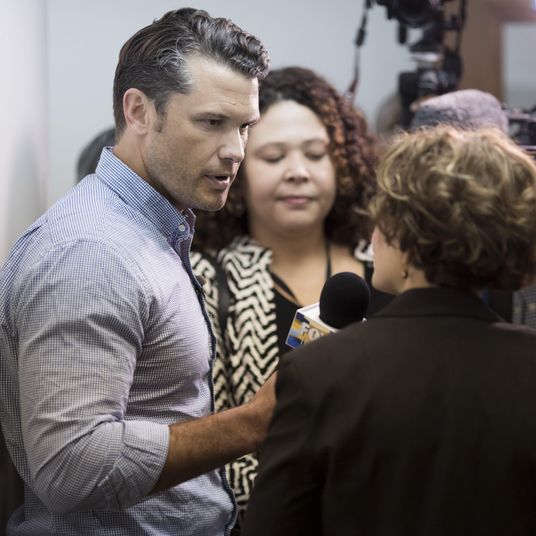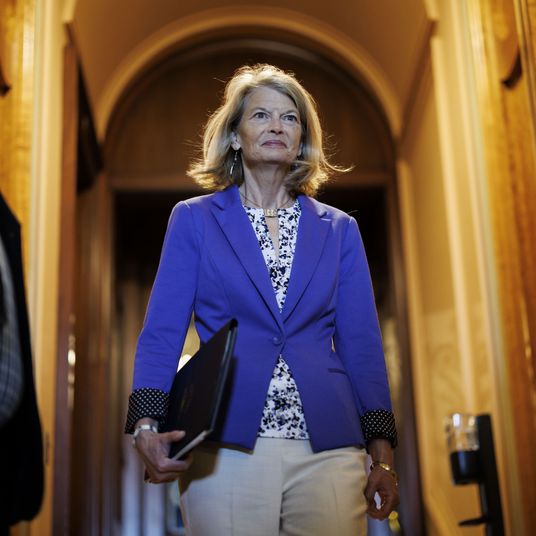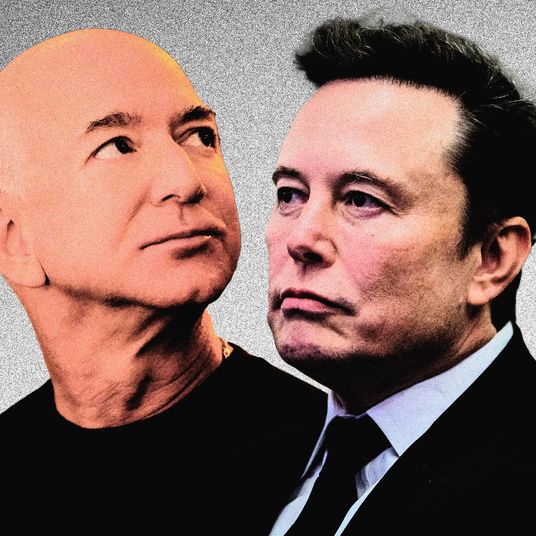
You’re an employer in Manhattan who needs warm bodies in the near-empty building for which you pay so very much. Do you prefer the carrot? Have you tried actual carrots? How about wellness programs presented as goodies that are actually designed to reduce health-care costs? Or do you use the stick? Backbench the employees Slacking from bed? How about strong-arming these losers into actually showing up by tracking ID swipes or monitoring their at-home computer use?
Management — the overlords of email jobs where clicking and calling begets the final product — is at a loss as to how to shove everyone back into the open floor plan. By Q3, according to the Partnership for New York City, fewer than half of office workers in Manhattan were at their desks on a given weekday. Not even one in ten was doing the five-day pre-COVID schlep. Even investment banking, the sector pining the most for its talented drones, isn’t doing so hot. Deutsche Bank juniors have reportedly made the place a ghost town. Goldman Sachs, which said it was thinking about a “gradual” return to the office in May 2020, still has an average of one in three employees home on the couch. (Looks like free lunch didn’t work — it cut that in April.)
Manhattan is now a strange and class-bound place for workers: The Richard Scarry jobs are locked to the rigid schedule of the maskless new normal, and the David Graeber bullshit ones still carry the flexibility of that first uncertain pandemic summer.
After the Adams administration mandated five-day attendance for all city workers, there’s been plenty of grumbling inside the machine. “We were like, ‘Oh my God, this sucks,’” says one Department of Transportation staffer of the policy, implemented in June. True to her department, it’s not the commute that bothers her — it’s the lack of flexibility, which she says “doesn’t make us that attractive as an employer.” City jobs had a vacancy rate of almost 8 percent in June, five times higher than in 2020 (and a hiring freeze is now in effect).
Adams still sees the fight as the greatest challenge to the city. “Central Manhattan will remain our business district, but we are going to have to do a zoning rethink the way we did with downtown after September 11,” he said at a $170-per-plate breakfast in September. It may be an exaggerated comparison from a hyperbole-prone mayor, but it’s still telling of the office workforce’s leverage right now that he compares rebellious workers to a terrorist attack.
But isn’t everyone getting at least a little of what they want? A coalition of alternate-side parkers; people with disabilities; those properly anxious of myocarditis or of riling up an underlying condition; cozy Tauruses; cat hoarders; parents who want to see their kids before the sun goes down; Gen-Xers thinking about the conditions of their last working years; and the real anti-work scammers, bless them — together, they may have changed the nature of work for the millions of already well-off Americans, even while giving bosses some of what they think they need. Plus they’re leaving the rest of us with lots of room to spread out in the office.
We should enjoy this moment while we have it, for it could end for nearly any reason. The powers that be may decide to crash the economy. Or remember last Thanksgiving: Who among us had heard of a thing called Omicron?
More reasons to love new york
- A $45 Million Effort to Make Pregnancy Less Deadly in Brooklyn
- Donald Trump Has Met His Match in Fellow Queens Native Arthur Engoron































